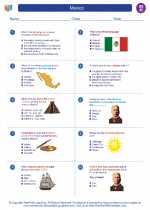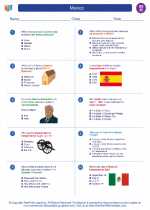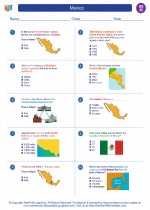Supply and Demand
Supply and demand is a fundamental concept in economics that describes the relationship between the availability of a product or service (supply) and the desire for that product or service (demand). Understanding supply and demand is crucial for analyzing how prices are determined in a market economy.
Supply
Supply refers to the quantity of a good or service that producers are willing and able to sell at a given price during a specific period. The law of supply states that as the price of a good or service increases, the quantity supplied also increases, and vice versa. This relationship between price and quantity supplied is typically represented by a supply curve, which is upward sloping.
Demand
Demand refers to the quantity of a good or service that consumers are willing and able to buy at a given price during a specific period. The law of demand states that as the price of a good or service decreases, the quantity demanded increases, and vice versa. This relationship between price and quantity demanded is typically represented by a demand curve, which is downward sloping.
Equilibrium
The point at which the quantity of a good or service that producers are willing to supply equals the quantity that consumers are willing to buy is known as the equilibrium point. At this point, the market is said to be in equilibrium, and the price at which this occurs is known as the equilibrium price. The equilibrium price and quantity are determined by the intersection of the supply and demand curves.
Factors Affecting Supply and Demand
Several factors can shift the supply and demand curves, leading to changes in equilibrium price and quantity. These factors include changes in consumer preferences, income levels, the prices of related goods, production costs, technology, and government policies.
Study Guide
- What is the law of supply and how is it represented graphically?
- What is the law of demand and how is it represented graphically?
- Explain the concept of market equilibrium and how it is determined.
- Discuss the factors that can shift the supply and demand curves.
- Provide examples of real-world situations that illustrate the principles of supply and demand.
◂Social Studies Worksheets and Study Guides Eighth Grade. Mexico

 Worksheet/Answer key
Worksheet/Answer key
 Worksheet/Answer key
Worksheet/Answer key
 Worksheet/Answer key
Worksheet/Answer key
 Worksheet/Answer key
Worksheet/Answer key
